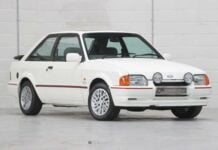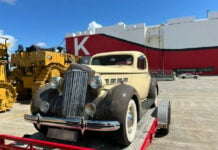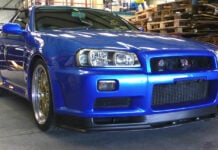The 1960s were a time of huge change. Politics, music, social mores, fashion and more were all transformed as a new generation that was too young to remember the Second World War came of age during an era of relative prosperity. Automobile designers, who always have one eye on the cultural zeitgeist, were by no means immune to these winds of change, which in their world resulted in the emergence of the ‘pony car’, of which the first-generation Chevrolet Camaro (1967-1969) is a classic example.
The Camaro is still in production today and is now on its sixth generation. But it’s those early models that are the most sought-after by collectors, and that’s what we’ll focus on today.
History
It’s hard to tell the story of the Camaro without delving into the wider history of pony cars in general. So what is a ‘pony car’? Pony cars are, roughly speaking, four-seater vehicles with a long bonnet (hood), small boot (trunk) and an ‘open-mouth’ front end, priced to suit younger ‘everyman’ buyers but packing a sporty rear-wheel-drive six-cylinder or V8 engine.
The Ford Mustang is by far the most famous and influential of such vehicles, but it wasn’t actually the first: that honour goes to the Plymouth Barracuda, which actually went on sale two weeks before the Mustang on 1 April 1964. But the Barracuda sold in only moderate numbers, while the Mustang sold over 600,000 units in its first year of production – its success so unexpected that Ford, who’d expected to sell around 100,000, had to completely revise its production schedule halfway through the year. It was this runaway success that spawned a legion of imitators, including the AMC Javelin, Opel Manta, Vauxhall Firenza, Toyota Celica, Ford Capri and, of course, the Chevrolet Camaro.
Four generations of Camaro were produced between 1967 and 2002. The second-generation car (1970-1981) had a slightly wider body than the original; the third generation (1982-1992) had a more streamlined front end, automatic transmission (as an option) and a smaller, more efficient engine, while the fourth generation (1993-2002) saw the car given a 90s makeover. More recent cars, the fifth- and sixth-generation Camaros (2010-15 and 2016-present, respectively) offer all mod cons, but are obviously that much further removed from the original in all respects.
Which is why those first-gen Camaros are so highly prized today. Variants included a choice of 3.8- or 4.1-litre six-cylinder or 5.0-, 5.4-, 5.7- or 6.5-litre V8 engines, and Super Sport and Rally Sport editions – another defining characteristic of pony cars being a high degree of customisability.
Racing and other popular pastimes
The Camaro has an illustrious history as a racing vehicle. As well as being used as the pace car for the Indianapolis 500 in many years (including 1967 and 1969), Bob Jane drove a Camaro to win the 1971 and 1972 Australian touring car championship. The car has long been a stalwart of NASCAR stock car races, and it’s also widely used in drag racing.
But you don’t have to go to the race track to see Camaros in action. The ‘Transformers’ character Bumblebee transforms into various different generations of the Camaro in different films, with the first-gen car featuring in ‘Transformers: Age Of Extinction’ (2014), while the 1967-69 model also features in Gorillaz’ music video for ‘Stylo’ (2010).
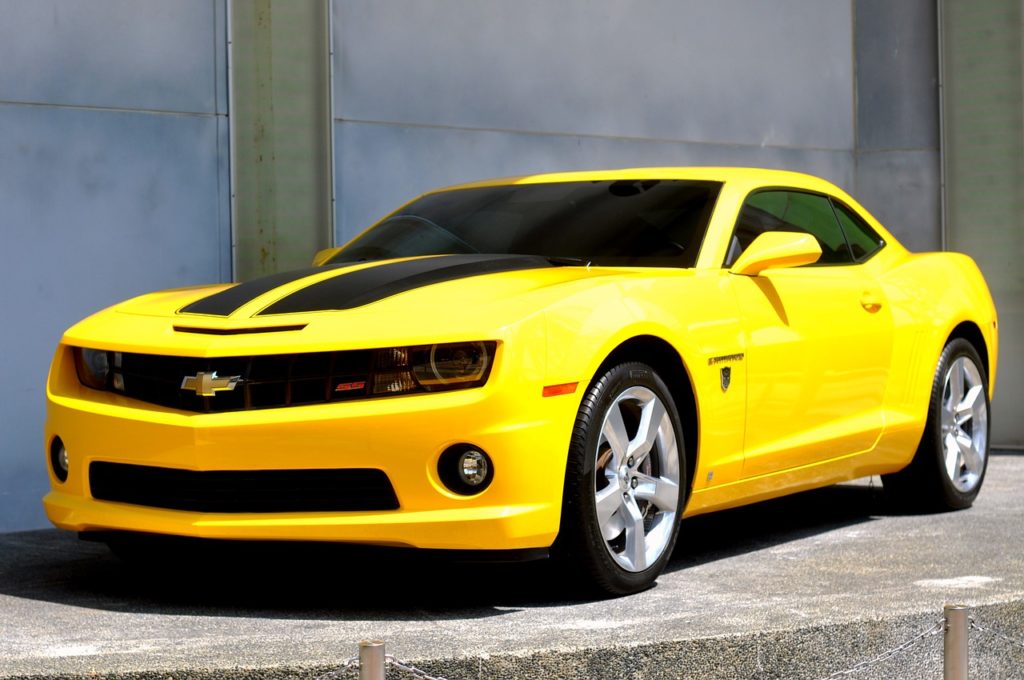

There are also Hot Wheels and LEGO models available, for anyone whose budget can’t quite stretch to the real thing!
Here are a few Camaro’s recently shipped by us:
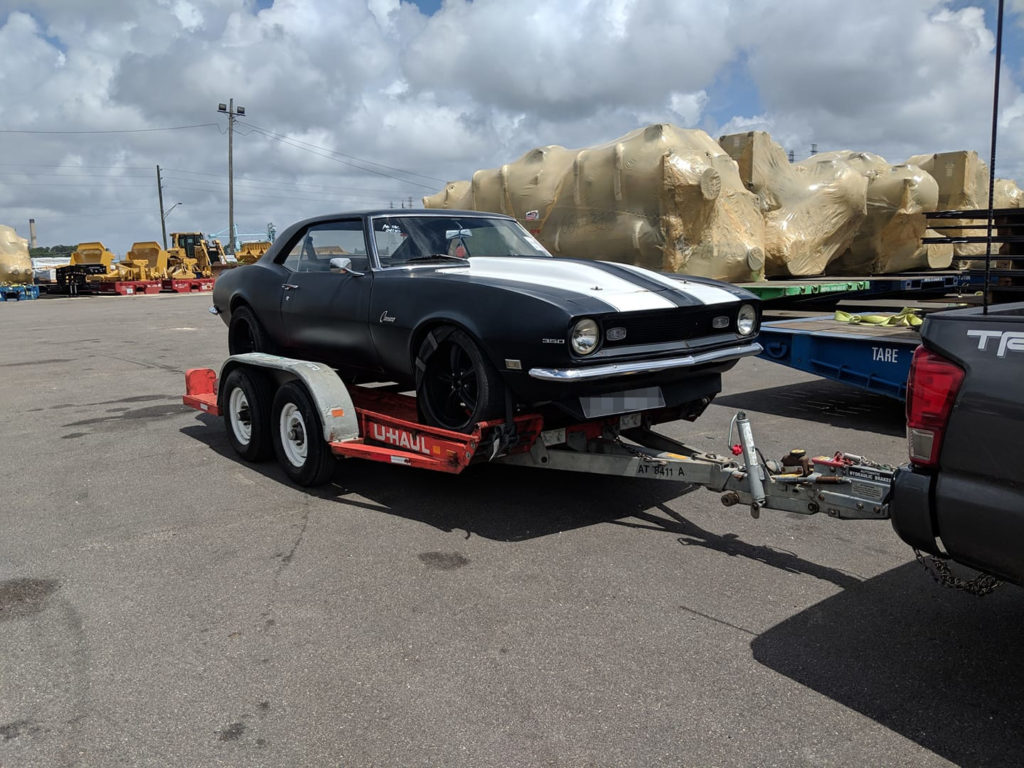

We hope you enjoyed our Closer Look at the Chevrolet Camaro! Keep an eye out for more on our blog or check out the rest of our interesting shipments series. And of course, if you’re shipping a car (whether it be a classic or family car) get in touch today or get a .


